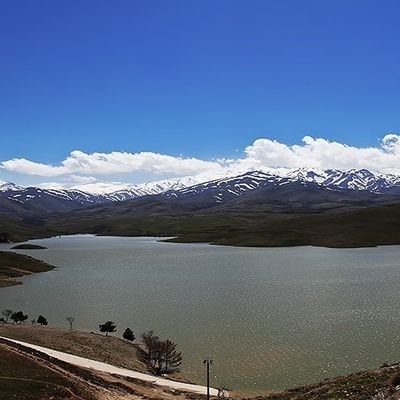SAEDNEWS: Some animals have evolved remarkable traits to survive extreme temperatures, from scorching deserts to freezing tundras. These adaptations highlight nature's resilience and ingenuity in the face of environmental challenges.

According to SAEDNEWS, in the most unforgiving environments on Earth, certain animals defy the odds, thriving in extreme heat or cold. Whether it’s the arid desert or the icy polar regions, these creatures have evolved specialized adaptations that ensure their survival. By understanding their strategies, we gain insight into the resilience of life and the delicate balance of ecosystems.

Animals in deserts must cope with scarce water resources. The camel, often called the "ship of the desert," stores fat in its hump, which it can metabolize into water and energy. Kangaroo rats, found in North American deserts, rarely drink water, deriving moisture from the seeds they consume and producing highly concentrated urine to minimize water loss.
Fennec foxes, native to the Sahara, have large ears that dissipate heat, while their light-colored fur reflects sunlight. Reptiles like the Gila monster regulate body temperature by basking in the sun during cooler mornings and retreating to burrows when temperatures soar.

In polar regions, animals like polar bears and seals rely on thick layers of blubber for insulation. Arctic foxes and snowshoe hares have dense fur that traps heat and changes color seasonally for camouflage.
Some animals escape the cold by hibernating. For example, ground squirrels lower their metabolic rate and body temperature to conserve energy during winter. Bears enter a state of torpor, a less extreme form of hibernation, to survive months without food.

Fish living in icy waters, such as Antarctic icefish, produce antifreeze proteins that prevent their blood from freezing. These proteins bind to ice crystals, inhibiting their growth.
In extreme heat, heat shock proteins protect cellular structures from damage. Desert-dwelling insects like locusts rely on these proteins to survive high temperatures.
Migration
Many birds and mammals migrate to escape extreme conditions. For instance, Arctic terns travel thousands of miles between polar regions and tropical waters, following food availability and favorable climates.
Burrowing and Sheltering
Burrowing animals, such as meerkats and prairie dogs, escape extreme surface temperatures by seeking refuge underground. Penguins huddle together to share body heat and shield each other from icy winds.
As global temperatures rise, animals adapted to extreme environments face unprecedented challenges. Melting polar ice reduces hunting grounds for polar bears, while prolonged droughts threaten desert species. Efforts to protect these species focus on preserving their habitats and mitigating climate change. Protected areas, sustainable practices, and scientific research are vital to safeguarding these resilient creatures.
The ability of animals to endure extreme temperatures is a testament to nature’s ingenuity. By studying these adaptations, we not only marvel at life’s resilience but also understand the urgent need to protect these ecosystems in a changing world. Their survival is a reminder of the delicate balance that sustains life on Earth.

